I'm investigating use of a differential pair as an AM modulator. The schematic below illustrates the general plan, but the values aren't really specific (not least because this isn't working yet!)
Here's the thing, as I understand it, the differential mode (normal mode) gain for this kind of circuit (with RE1 and RE2 as 0 ohms) is essentially Rc x Ic / 0.005. This I understand is derived from Rc / (2 x r'e), where r'e is the intrinsic resistance in the emitter, which in turn is (at room temperature) approximately 0.025 / Ic.
Now, my problem is this. I would like to achieve two things. First, a good "headroom" for the output swing, which would need me to set the values of the mid-point current through the pair and the value or Rc to get Q2's collector at about the middle of the 18 Volt supply. That's easy enough in principle, however, for my application I also need to keep the gain relatively low. Notice that the RF signal is about 300 mV p-p. I can't, therefore, have a voltage gain higher than 60 (and more likely less than half that to allow for modulation!)
But that's where my plan seems to fall apart, since to achieve the mid-point I need to get a drop of 9 V on Rc, which means that 9 = Rc x Ic, but at that point, the gain is fixed at 9 / 0.05 or 180.
Of course, the easiest way to reduce the gain of the differential pair would be to add an external emitter resistor (shown as RE1 and RE2, currently shown with zero ohm value), but if I do that I believe that I substantially reduce the amplitude modulation effect, since that depends on the variation of the total emitter resistance with the change of Ic, and making the total emitter resistance into RE(fixed) + r'e would mean that I'd lose (some of) the modulation effect. I'm not yet sure that I know how much I lose, and it might still be workable. I'm also not sure whether the modulation would become severely non-linear (I haven't worked out the math for any of this aspect).
So, I guess I have two questions, first am I missing something here, is there another route to controlling the gain and keeping headroom that I've not thought of? (I really don't want to have to divide down my RF input just to bump it back up again!) Second, is it likely to produce a workable, tolerably linear modulation, circuit if I add RE1 / RE2 as modest values, and if so, can anyone give me a pointer as to how to calculate the needed (audio) input swing to achieve 100% modulation?

simulate this circuit – Schematic created using CircuitLab


